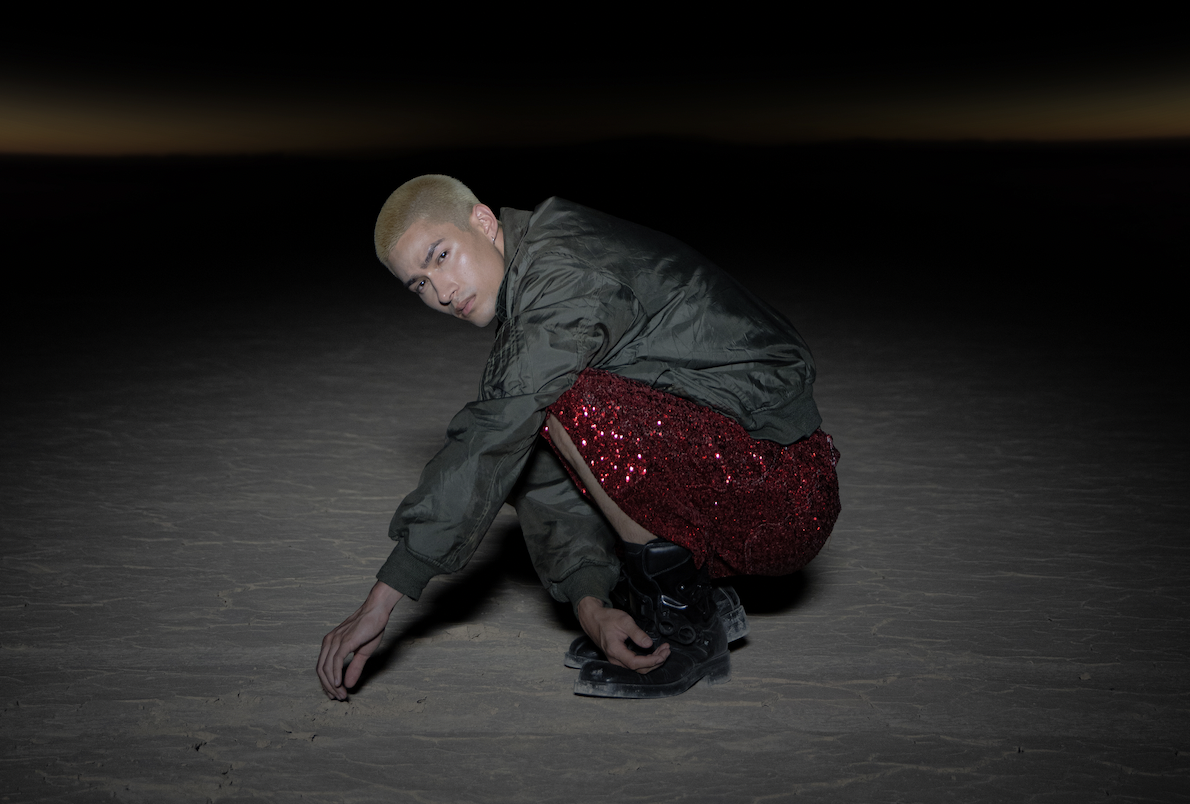Chinese clothes.
Doesn’t exactly have a luxurious ring to it. The quality perception of Chinese goods abroad has never been high, but turn the lens onto the country’s clothing-buyers and you’d find the sentiment to be largely the same – China’s fashionistas are more known for sequins, the Beijing bikini, and matching boyfriend/girlfriend rubber ducky hoodies than they are for haute couture.
Nowadays though, customers are finding themselves pulled by different currents. Greater connectivity to international trends, changes in the way we buy things, and higher disposable incomes are all adding up to a younger and more savvy consumer class. The new wave of fashion buyers in China are clued in, versatile, and ruthlessly efficient. The last generation of fashion fans clamored and quaked over the word ‘mingpai’ – brand name – and the aesthetic was all about luxury brands. And let’s be real, brand name is still hugely important today in a China that is still coming to grips with its own capitalist might. But today’s younger buyers are more likely to be influenced by something in a TV show, or on a livestream, or in one of their friend’s wardrobes. The Coach bag no longer hangs omnisciently over Shanghai and Beijing like a gloomy specter.
At the top of this mountain of change – both making the waves and benefitting from them – is YOHO.

YOHO cover featuring celebrity heartthrob and Radii pet obsession, Kris Wu
“A decade ago we started out as YOHO! Trend Magazine,” says our press contact. “Since then we’ve expanded into online communities, e-commerce, and other areas, becoming China’s most authoritative and influential fashion marketing platform. And after many years of collaboration with international brands, especially through e-commerce and our YOHOOD trade show, we gradually gained international influence.”
YOHO launched 12 years ago in 2005 (about one century in China years) as a print magazine, targeting an audience of young men. But the reason they’re at the top of the game now is because they were early adopters in the move from print to digital. After the magazine had picked up a little momentum, they set off a staggering chain of expansions, sinking their feet deeper and deeper into the framework of China’s quickly-growing fashion economy. In 2007 they launched their YOHO online community, followed by an e-commerce platform the year after. In 2013 they announced the YOHO Girl brand, three different mobile apps, and the YOHO trade show featuring international brands and artists. Throw in a trend-sharing social media platform, an urban lifestyle app for exploring cities, and an offline flagship store, and we arrive at 2017, where YOHO’s dominance over trend and fashion marketing is unmatched by anyone else in the industry.

Pharrell at the 2017 YOHOOD trade fair
“Our mission is to define the trajectory of China’s fashion industry,” they tell us. “And that’s something we’ve done through media, events, and retail. We’re serious about providing fashion information, products, and services to hundreds of millions of young Chinese consumers, and about leading the way to a positive global fashion industry.”
Meanwhile, their customers are ready to match them. Young Chinese buyers are freer and more connected than before – it’s a shift that’s part technology and part culture, with the two becoming more intrinsically linked every day. Two decades ago, you would get your clothes from some local outlet. Ten years ago, maybe you’d go out to the mall to window shop or pick something up from a name brand store. Today, someone is just as likely to see something they like on WeChat during their subway commute, and buy it right there with a thumbprint. They’ll be wearing the product by that time the next day. Factor in a greater awareness of trends worldwide, and a greater interest in keeping up, and you have an immense consumer force that’s just starting to wake up.
“The internet allows pop culture trends to spread incredibly rapidly across the world. Millennials in different countries still like the same thing – actually, the breadth of taste is getting smaller to the point that it’s almost identical wherever you go. China’s fashion audience is no different, and they’re bound to keep up with the pace of global trends. Going forward, we’re going to keep pushing for the exchange of fashion culture here and overseas, to display the flavor of China’s original style as we continue to shape our fashion ecosystem.”
What’s next for YOHO? We’re not sure, but given their history on the frontier of media, we wouldn’t be surprised to see a virtual reality closet where you can try on millions of clothes forever. But if not, we feel like they’ll still be pulling the strings behind young people’s Taobao purchases for many years to come.
















